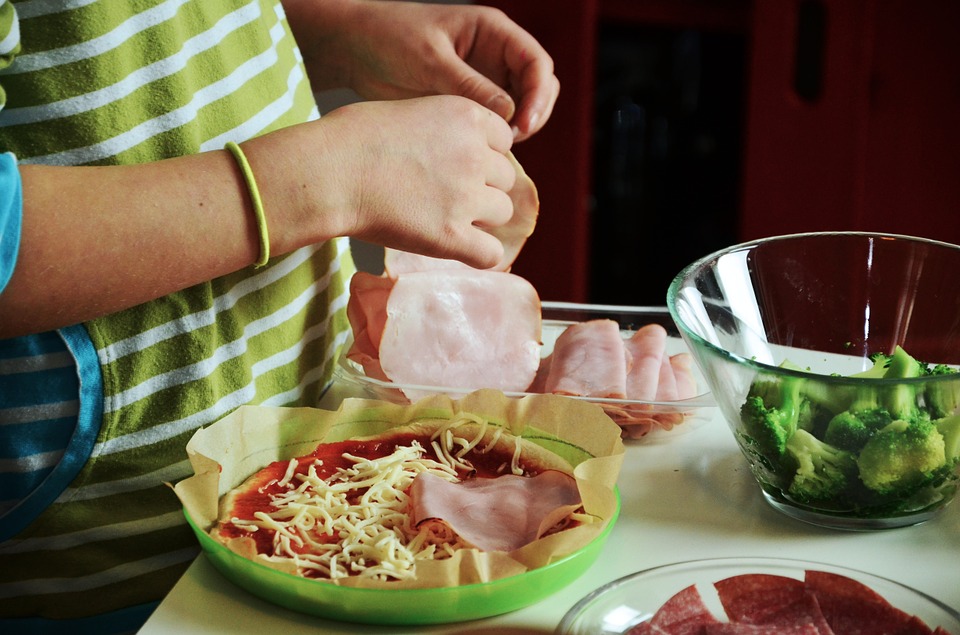Certain speech sounds develop at different ages, however, your child should be able to use most sounds correctly by the age of five. If this is not the case for your child, they are likely to have speech sound errors such as omitting sounds from words, substituting sounds, or distorting sounds. It is important to address these speech sound errors as they can greatly hinder your child’s ability to speak clearly and to be understood by others.
As a Certified Speech and Language Pathologist, parents often ask me, “how can I help my child to improve their speech?”
Here are ten simple tips:
1. Become Aware
The foundation for helping your child is to become aware of their speech sound errors. To become aware, chose a specific time to focus only on your child’s speech sound production. Also, consider your child’s ability to be understood by others as well as yourself.
2. Make Your Child Aware
Making your child aware of the difference between their production of a sound and the actual sound is crucial for change. You can do this by using volume, stress and repetition.
Example: If your child says ‘dood’ instead of ‘good’, you can say, “good starts with the g sound (make the ‘g’ sound)… good, not dood… good.”
3. Use Your Strongest Language
When you speak to your child in your strongest language, you are modelling the correct way to produce sounds in that language. By speaking to your child in your second or third language, you are actually likely to expose them to speech sound errors.
4. Binary Choices
When your child produces a sound incorrectly in a word, offer them two word choices – one with the correct sound and the other with the incorrect sound.
Example: If your child says ‘dood’ instead of ‘good’, ask, “good or dood?”
5. Contextual Cues
Provide your child with context-related cues. For instance, the ‘s’ sound is often associated with a ‘snake’ and the ‘ch’ sound with a ‘choo-choo’ train. Eventually, your child will establish the association between the sound and the contextual cue.
Example: “Say that word again with your snake sound.”
6. Visual Placement Cues
Many speech sound errors are due to the incorrect placement of the lips, tongue or teeth. Show your child what to do with their lips, tongue and teeth to produce a sound correctly.
7. Verbal Cues
Tell your child what to do with their lips, tongue and teeth to make a sound. You can hold up a mirror in front of your child so they can see what they are doing in response to your verbal cues.
Example: If your child produces ‘s’ by protruding their tongue between their front teeth, you can say, “try that word again, this time hide your tongue inside your mouth.”
8. Model
Model the correct production of the sound and encourage your child to imitate.
9. Praise
When you praise your child, be specific about what you are praising them for.
10. Consistent Practice
The key is consistency. Ten minutes of daily practice can go a long way.
Article written by Chiman Estephan, CPSP, MSLP. For more information on tips and strategies to support your child’s speech and language development, please visit www.theexpatspeechie.com.
Register your email address here and we’ll notify you when a new article gets uploaded.















